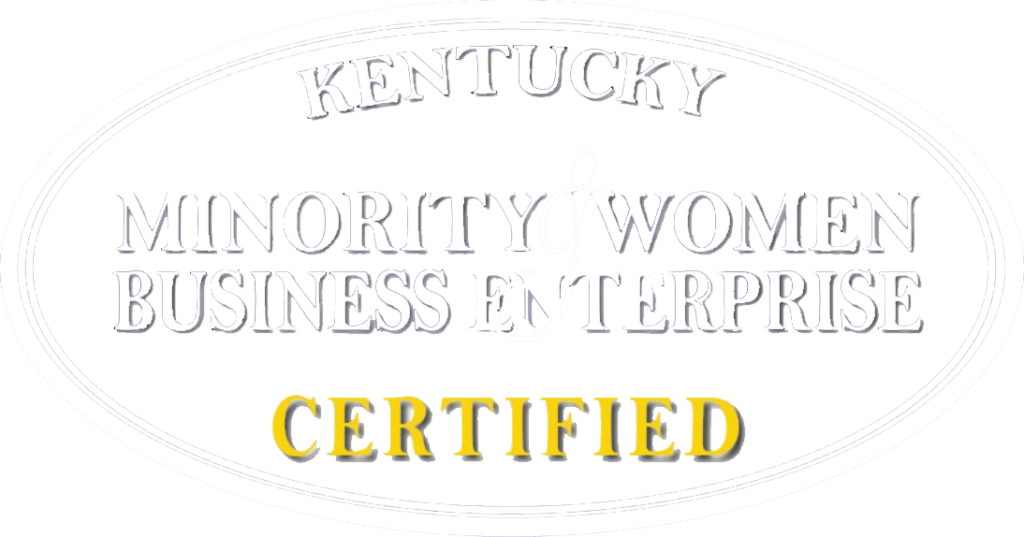By Paladin, Inc
When prospective clients learn about our “undefeated” record as a LEED consultant, they often ask us “what constitutes your best case scenario? Is it location? A particular industry? A particular building type?” My answer is simple: the most successful LEED efforts happen for clients who are genuinely passionate about sustainability. I’ve learned that the sky is the limit for building owners who not only look at sustainability as an essential part of their business, but are also willing to create an environment where all A/E/C partners participate in that standard.
One example is Australian-based Ecofibre whom we helped earn a LEED Platinum certification in 2020. When Colin Drake, the project’s architect, told me “we have a client who wants to earn LEED platinum for their facility in Georgetown KY” I said, “Well…that sounds like a challenge” and began crossing off many of the usual sustainable site and location and transportation credits on my mental checklist because of the project’s rural setting. I was genuinely concerned there wouldn’t be enough credits left to meet the needed 80 points! Fortunately, my concerns were quickly put to rest once we dug in to the project and discovered a strong commitment to LEED in the project’s foundations.
The Ecofibre facility is a combination office and warehouse which allowed us to utilize the LEED compliance paths under the warehouse standard. Next, we realized how incredibly well-sited the facility was – not only is Georgetown well situated in terms of highway access, they’re also near the intermodal hub for Toyota. Additionally, the Georgetown business park’s covenants required high levels of stormwater treatment and retention.
During each level of design and construction, Ecofibre helped push through hurdles. They were 100 percent committed to earning the certification as a compliment to their sustainably based hemp-product line and their company’s genuine dedication to preserving the environment. This mindset opened doors for us as LEED consultants, giving us the permission to leverage their culture to identify valuable credits. That commitment carried over to the Design Team lead by JRA Architects and the Construction Team lead by Codell Construction. In the end, the team was awarded all pursued design and construction credits. That is strong team work!
For me, a fun element of the project was working alongside Ecofibre’s personnel to develop their standard operation procedures (SOP’s) for facility management. We touched on everything from event catering to furniture sourcing to pest management to energy monitoring and verification. None of the concepts challenged the status quo because they actually aligned with Ecofibre’s “business as usual” philosophy. (Speaking of event catering, that planning gave us a chance to taste a variety of hemp-based foods. Ever tried hemp aioli! Incredible.)
Turns out, Ecofibre’s commitment to sustainability isn’t only rooted in a global mindset. They also understand the persuasive power of a LEED certification. This was made clear when their CEO, Eric Wang, gave a speech in which he envisioned that the future of hemp was based in technology and sustainability. He bet on the unmistakable message that the Platinum LEED would send. He’s right.
In general, this project taught me many things about sustainability. The first is that a shared “we can” attitude shrinks the hurdles. Second, team tenacity is required to reach the goal. There were countless times during the project when the Platinum seemed to be slipping away. Fortunately, Ecofibre was resolute in its commitment, so the AEC Team could persevere toward implementation. Finally, having fun is an essential part of a challenging project. Despite tackling a technically and logistically challenging project (executing a warp speed schedule despite weeks of rain and a global pandemic, in pursuit of the highest LEED certification level), we all enjoyed working together. That shared struggle made me even more excited and proud than usual when we reached our goal together.
That experience only strengthened my conviction that a shared commitment to the environment is required to assemble the puzzle pieces of a LEED certification. That philosophical alignment has consistently driven our successful LEED efforts. While not every project can or should be LEED Platinum, the marketplace is proving that prioritizing the environment is not only good for the earth, it’s good for business. Building owners who embrace it, especially in the formational stages of their projects, are discovering an edge that their competition will be hard-pressed to match!





